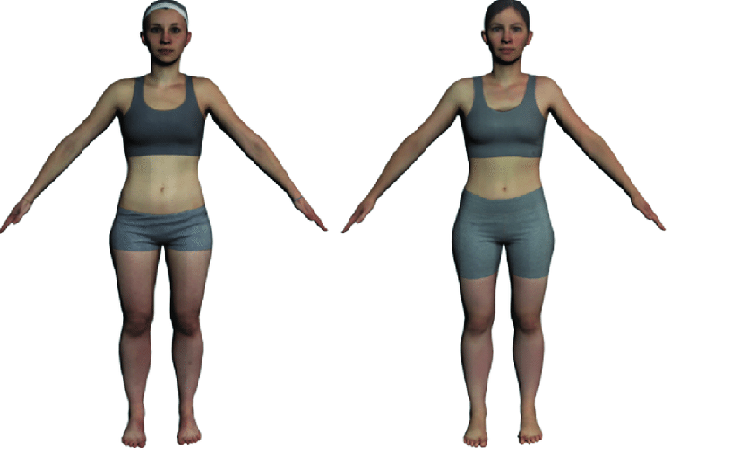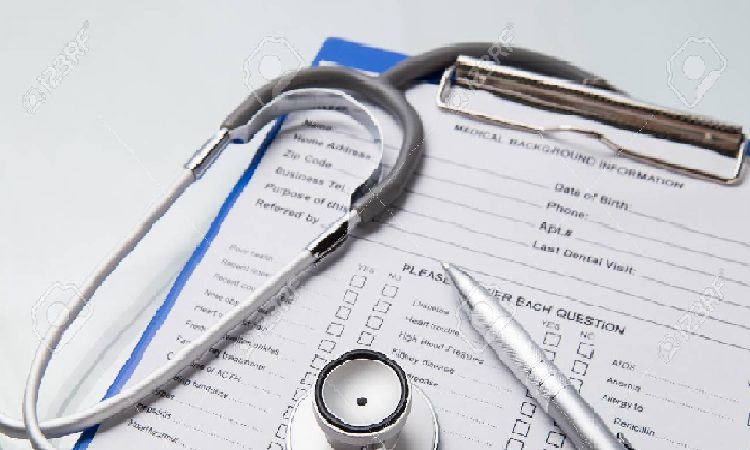Difference between hyperopia and myopia are both refractive errors that cause blurry vision. These conditions are termed refractive errors and they often run in families. Still, most people don’t understand the difference between these diseases and mistakenly use the terms synonymously.
Many people don’t even realize that they are suffering from myopia or hypermetropia unless it is pointed out by someone. Some people only get to know that their vision is getting blurry when they try to focus on some object located either nearby or far away.
Today, we will learn what is the difference between the most common refractive errors, i.e., hyperopia and myopia. Besides that, we will determine when is the right time to see a doctor for blurry vision.
What is hyperopia?
Hyperopia, also known as farsightedness occurs because of the smaller size of the eyeball. The image of nearby objects cannot be formed clearly on the retina which makes them appear blurry. People suffering from hyperopia have a hard time seeing up close on the desktop/computer screen, books, mobile screens, etc. without glasses or contact lenses. It impacts the focusing ability of a person and causes strain or headaches when they try to focus on nearby objects.
What is myopia?
Myopia is the opposite of hyperopia and is also known as nearsightedness. As the name describes, people suffering from myopia can see nearby objects but have blurry vision while trying to see distant objects. This condition arises when the eyeball is too long. Due to this, the light cannot be focused through the cornea and lens. Instead of focusing directly on the retina, the light is focused in front of the retina which makes the far away objects appear blurry. Myopia can also be caused when the lens of the eye gets too curved that throwing off the focusing point of the light.
What is the difference between hyperopia and myopia?
The key differences between hyperopia and myopia are described in the table given below.
| Parameter | Hyperopia | Myopia |
| Cause | Caused due to short or flattened eyeball | Caused due to curved cornea or elongated eyeball |
| Visibility | Nearby objects appear blurry whereas distant objects are clearly visible | Distant objects appear blurry whereas nearby objects are clearly visible |
| Eyeball Shape | The eyeball shape is too short in hyperopia | The eyeball shape is too long in myopia. |
| Treatment | Hyperopia is treated using a convex lens of suitable focal length | Myopia is treated using a concave lens of suitable focal length |
| Complication | It may develop into amblyopia, strabismus, or double vision. | It may develop into glaucoma and cataract. |
When to see a doctor for hyperopia and myopia?
Myopia is very common in people under the age of 40 due to the unhealthy lifestyle and increase in screen time. Due to this, even kids are diagnosed with myopia at an early age. The symptoms of myopia generally start appearing in childhood. Myopia is usually detected by the person himself/herself when they struggle to see distant objects such as road signs, whiteboards, etc. Other symptoms of myopia include headaches, eye strain, and fatigue while playing sports or driving. If you notice that your child is squinting while trying to see faraway objects, it is an indication that he/she may have nearsightedness. You should see a doctor the moment you notice these symptoms.
Unlike myopia, hyperopia is less common in people. The symptoms are also quite opposite to myopia as the person won’t be able to see closer objects. The most common symptom is having difficulty in reading books, newspapers, or computer screens. Due to hyperopia, the person will experience a burning sensation around the eyes or a dull headache while they try to focus on nearby objects consistently. If you are experiencing these symptoms or your child complains about these symptoms, you should see a doctor immediately.
You should know that hyperopia often goes undiagnosed in children as regular tests are done only for nearsightedness. As a result, the condition isn’t diagnosed until it becomes severe.
Instead of seeing a doctor specifically when you have some problem with your eyes, you should see an eye specialist at least once a year. Regular eye checkup helps to detect problems like hyperopia and myopia at an early stage. Whether you are seeking an eye specialist in Delhi or any other city, it is easier to find the right specialist when you know who you should contact.
Who to see to get the best treatment for hyperopia and myopia?
To get proper treatment for hyperopia and myopia, you can seek help from three kinds of specialists:
- Ophthalmologists, who are trained to provide complete eye evaluations, diagnose and treat common and complex eye disorders, prescribe corrective lenses, and also perform eye surgery.
- Optometrists, who are trained to perform complete eye evaluations, prescribe corrective lenses, and diagnose and treat common eye conditions.
- Opticians, who specializes in helping people find the correct eyeglasses or contact lenses prescribed by an ophthalmologist or an optometrist. An optician cannot diagnose or treat eye disease.
Any of these doctors will be able to help you during the initial consultation to understand the difference between hyperopia and myopia.
What are the treatment options for hyperopia and myopia?
Even though there is a key difference between hyperopia and myopia, both conditions can occur at any age, from infancy to elder age. Luckily, both conditions can be treated using the following options:
- Eyeglasses are used to refocus the light rays onto the retina to fix blurry vision.
- Contact lenses can also be used to correct vision errors, like hyperopia and myopia.
- Refractive surgery is also recommended for some people to correct myopia and hyperopia. The most common and effective method is LASIK eye surgery where the cornea is reshaped to fix the blurry vision.
The Bottom Line
If you suspect that your vision is getting blurry or hazy, hyperopia or myopia could be the reason behind this. So, go to see an eye doctor without any delay and learn about the conditions and their treatment methods. It is important to see an eye doctor once a year to maintain your overall eye health.
Generally, eyeglasses or contact lenses are prescribed to correct myopia and hyperopia. But if you do not wish to wear eyeglasses or contact lenses for vision correction, you can consult with Pristine Care ophthalmologists and undergo LASIK eye surgery in Delhi.







